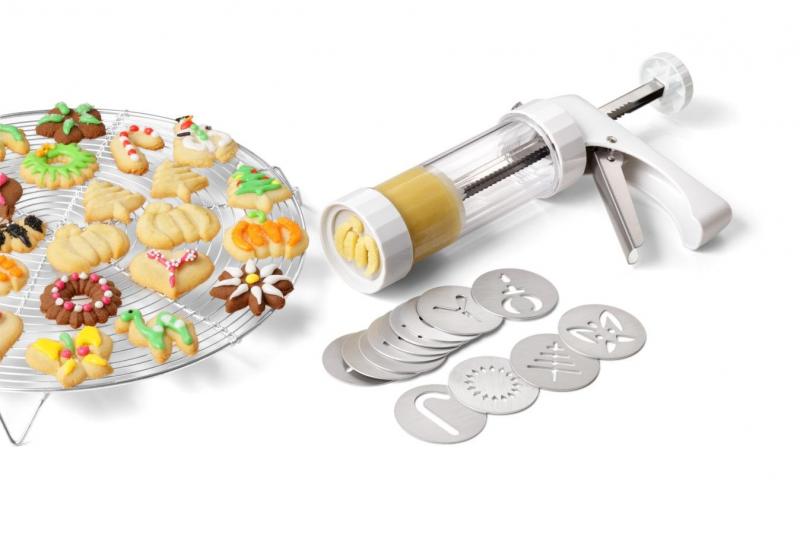In the late 1980s, researchers Shivpuri, Raghupathi, and Altan explored the characteristics of forming presses and their potential for precision and net shaped forming. A few years later, Yossifon and colleagues investigated the use of servomotor-driven multi-action presses for sheet forming applications. These machines use precise, programmable movements to shape sheets of metal into complex forms without the need for multiple dies and punches.

As technology continued to evolve, researchers like Breitling and Wallace examined the effects of different loading conditions in high-speed mechanical presses. This work helped to identify areas for improvement in press design and operation. In 2005, the Stamping Journal published a two-part series on sheet hydroforming, a relatively new method of forming sheets of metal using high-pressure hydraulic fluid.
More recently, researchers like Kaya and Altan have focused on the use of servo press forming applications. These drives use advanced software to control the press's movements, resulting in greater precision, efficiency, and flexibility. In 2009, Altan and Groseclose presented findings on servo drive presses at the Metal forming Conference at the University of Darmstadt.
Today, stamping presses are integral to the manufacturing industry, producing everything from auto parts to household appliances to aerospace components. As technology continues to evolve, it is likely that these machines will become even more precise, efficient, and versatile, driving innovation and growth in sheet forming and net shape manufacturing.
In conclusion, stamping presses play a vital role in sheet forming and net shape manufacturing. Over the years, advancements in technology and research have enabled the development of more precise, efficient, and flexible presses, resulting in breakthroughs in the industry. From the use of servomotor-driven multi-action presses to the development of high-speed mechanical presses, these machines have come a long way since their inception. Looking ahead, it is clear that stamping presses will continue to drive innovation and growth in the manufacturing industry.